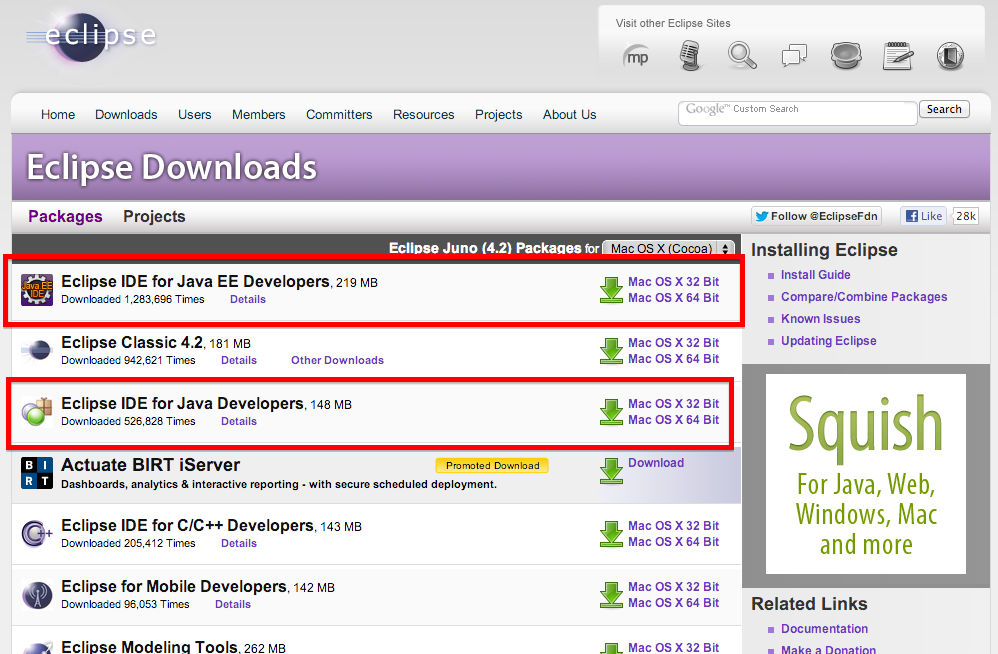

- #Android ndk eclipse how to
- #Android ndk eclipse mac os x
- #Android ndk eclipse install
You can find the adb tool in /platform-tools/.
A daemon, which runs as a background process on each emulator or device instance. The server manages communication between the client and the adb daemon running on an emulator or device. A server, which runs as a background process on your development machine. Other Android tools such as the ADT plugin and DDMS also create adb clients. You can invoke a client from a shell by issuing an adb command. A client, which runs on your development machine. It is a client-server program that includes three components: Android Debug Bridge: Android Debug Bridge (adb) is a versatile command line tool that lets you communicate with an emulator instance or connected Android-powered device. ADT provides GUI access to many of the command line SDK tools as well as a UI design tool for rapid prototyping, designing, and building of your application's user interface. It offers you access to many features that help you develop Android applications quickly. ADT: a plugin for Eclipse that provides a suite of tools that are integrated with the Eclipse IDE. Please refer to Android Tools page for detailed information on the available useful tools, including: #Android ndk eclipse how to
In particular, check the Keymapping table to know how to navigate the Android GUI on the emulator. Please refer to the Android emulator page for detailed information on how the emulator provided with the Android SDK works. For further information, please refer to Overview of the SDK Īn overview of the SDK can be found here: Android emulator For certain types of apps, this can be helpful so that you may reuse existing code libraries written in these languages and possibly increased performance.

The NDK is a toolset that allows you to implement parts of your app using native-code languages such as C and C++.
#Android ndk eclipse install
If you want to use Eclipse as IDE, you should also install the Android Development Tools (ADT) Plugin (please find here the related instructions: ).Įclipse with ADT plugin Android NDK Please follow the instructions reported on in order to properly install the SDK. In order to start development of your Android “Apps”, you need to install the following components:įirst of all you should download and install the Android SDK ( ). Basic experience with Eclipse IDE (if you want to use Eclipse as IDE).Eclipse JDT plugin (included in most Eclipse IDE packages) (if you want to use Eclipse as IDE).Eclipse IDE 3.6.2 (Helios) or greater installed on the development host (if you want to use Eclipse as IDE).
#Android ndk eclipse mac os x
Windows (XP, Vista or 7), Mac OS X (10.5.8 or later) or Linux (tested on Ubuntu Linux, Lucid Lynx) development host. īefore starting, make sure you can match the following prerequisites: The following picture shows the typical development workflow:Ī lot of information on how to start programming can be found here. Once you've downloaded and installed the SDK, you can access these tools right from your Eclipse IDE (the recommended method), through the ADT plugin, or from the command line, or another IDE (eg: NetBeans). To develop apps for Android devices, you need a set of tools that are included in the Android SDK.






 0 kommentar(er)
0 kommentar(er)
